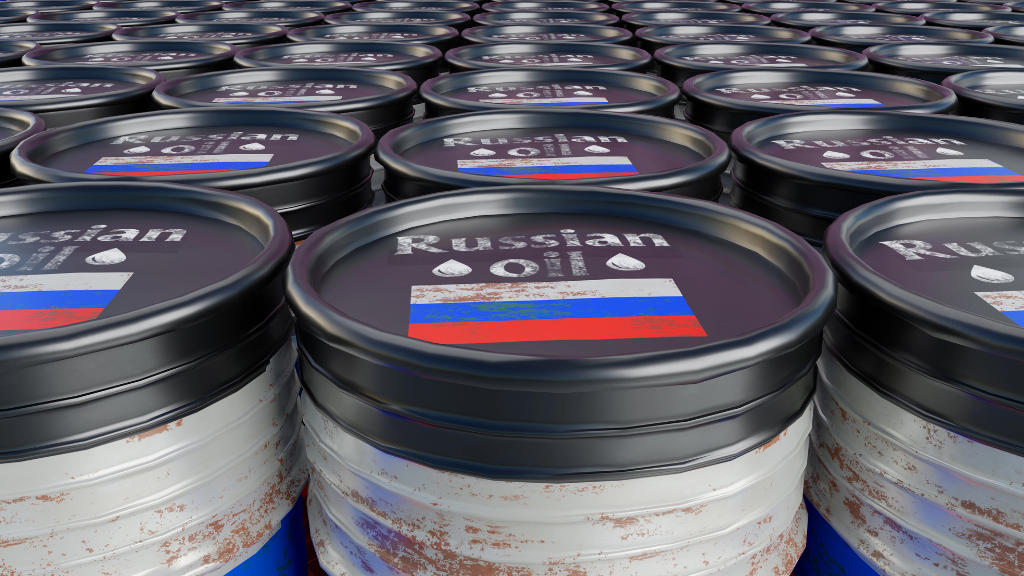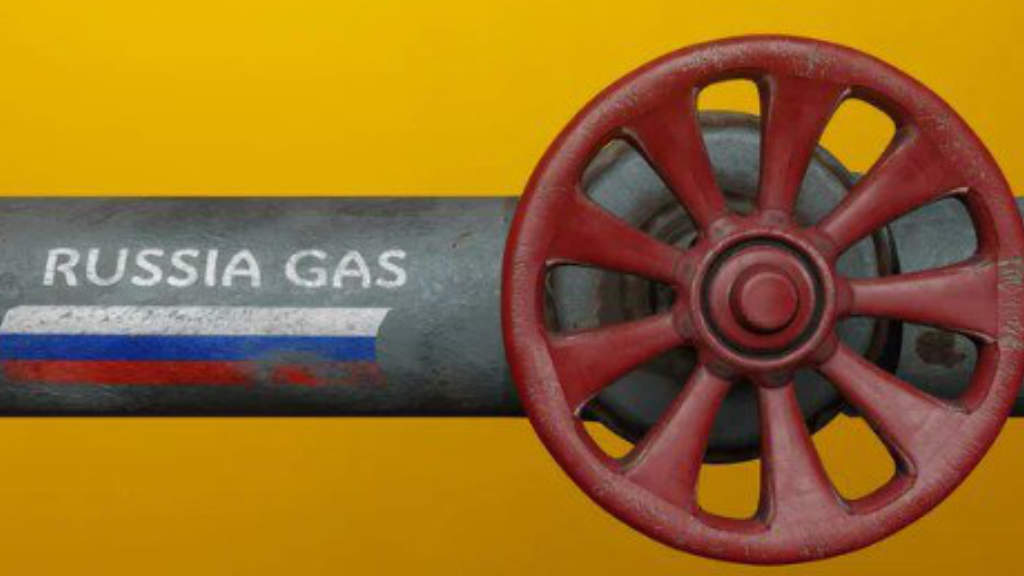Russia’s oil export revenues in July rose 7% with a value of just under US$1 billion compared to June, reaching US$14.3 billion, according to International Energy Association (IEA) calculations. This is despite the European Union attempting to impose an oil cap on July 18, which proved ineffective as the oil export revenue growth was driven by higher prices and increased demand. There is also evidence that EU oil supplies from Russia via India were merely diverted to supplies from Turkiye. Russia sells its crude oil to refiners in both countries.
Physical export volumes in July increased 1.4% month-on-month to 7.3 million barrels per day, matching the export volume from a year earlier.
Crude oil shipments remained nearly unchanged in July, up by 20,000 bpd versus June, totaling 4.6 million bpd, or 80,000 bpd higher than a year ago, while petroleum product exports grew 2% to 2.6 million bpd, or 80,000 bpd lower than a year ago.
According to IEA estimates, China reduced oil imports from Russia 300,000 bpd month-on-month and 600,000 bpd year-on-year to 1.8 million bpd in July. India reduced imports from Russia by 400,000 bpd MoM and 500,000 bpd YoY to 1.4 million bpd. However, Turkiye increased them by 100,000 bpd MoM and 100,000 bpd YoY to 1 million bpd, while deliveries to undisclosed destinations were 1 million bpd higher MoM in July at 1.3 million bpd—there were almost no such deliveries last year.
Despite continuing efforts, the EU has been largely ineffective in reducing the income Russia generates from its oil exports and is itself part of the problem as it purchases Russian oil from third-party countries instead. According to the Center for Research on Energy and Clean Air, About 50% of Russian oil exports in July were transported by G7 tankers. The G7 includes Canada, France, Germany, Italy, Japan, the United Kingdom, and the United States, plus the European Union. Of these, the European Union members are by far the largest purchasers of Russian oil—provided they abide by the EU-imposed price cap. Since January 2025, the G7 share in Russian oil transport has increased from 36% to 55% of its total crude oil exports, purchased mainly either from India or Turkiye.
Further Reading






